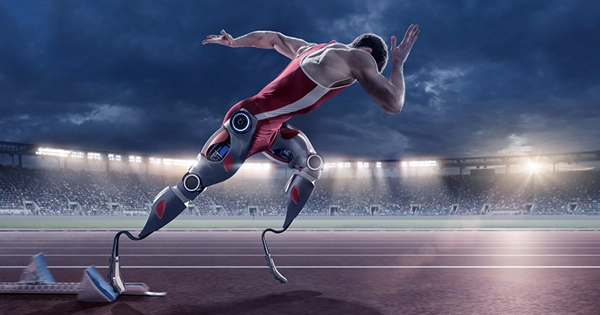A bipedal robot developed by Oregon State University’s College of Engineering has broken the previous record for the quickest 100-meter dash.
With the aid of knees made to bend like an ostrich, Cassie, a robot built with a $1 million grant from the Defense Advanced Research Projects Agency (DARPA), set a new robot land speed record. The machine-learning robot has been working hard, cramming the equivalent of a year in a running simulation environment into a week by using a computer method called parallelization to cycle through numerous training events at once.
The team had been concentrating on endurance while modifying Cassie for long distances, but they started to wonder what the robot’s top speed was. After extensive testing, that pace—24.73 seconds for the 100-meter dash—was the fastest bipedal robot speed ever.
Cassie is capable of a variety of gaits, but when we began to specialize it for speed, we started to wonder which gaits are most effective at each speed. In a statement, graduate student Devin Crowley, who organized the attempt to break the record, said. “This produced behavior that was remarkably similar to human biomechanics and resulted in Cassie’s first optimized running gait.”
Without a camera or any other external sensors, Cassie is essentially moving blindly. However, getting the robot to start and stop is the challenging part. Similar to how taking off and landing is harder than actually flying a plane, starting and stopping while standing is more difficult than jogging, according to artificial intelligence researcher Alan Fern. This 100-meter achievement was made possible by close coordination between advanced artificial intelligence for hardware control and mechanical hardware design.
The issue was that the robot’s neural network, which was designed for speed, was unable to start from a free-standing position. The scientists devised a second neural network that could stop the robot to get around the issue. During the sprint, control of the robot switched between the two neural networks, much like a relay race, but with control of your own legs as the baton.
Guinness World Records gave the team the title and said it was a “concrete milestone in robot movement and real-world competence.”














